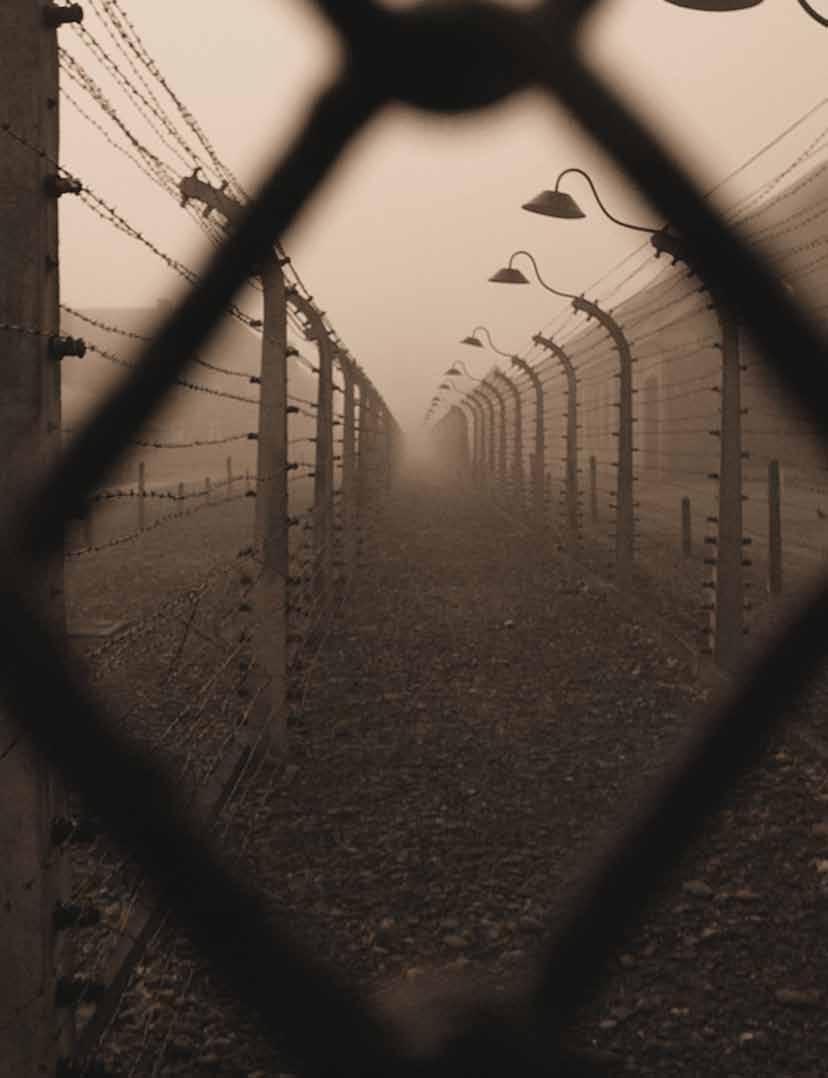
4 minute read
Herman Sasse: A Remarkable Anti-Nazi and Lutheran Confessor
By Rev. Matthew Harrison
It was not long after the “god” of the Nazis, Adolf Hitler, shot himself in the head in a Berlin bunker, that the Second World War ended in Europe. It was 1945, and Germany was divided into American, British, and Soviet zones. These “Allies” were busy dealing with the myriad of tasks faced by the occupation force.
Advertisement
A small German man with impeccable anti-Nazi credentials, a teacher of church history at the University of Erlangen, had been chosen by the Allies to head up the university and assist in the “de-Nazification” process. But the pressure, including decades of agony watching his homeland succumb to the ideology of Hitler in every realm of life, including the church, was finally too much.

Dr. Hermann Sasse [pronounced ‘ZAH-suh’], was a tiny man (barely 5’4”) but had lost eighty pounds through the war years. After he recovered, Sasse continued to champion real Lutheranism for the rest of his life (d. 1976), and became a great friend and supporter of the Missouri Synod.
Sasse was born in 1895, and grew up in very optimistic times before the horrid devastation of World War I. Humanity had been advancing in science, technology, medicine, education, and transportation. The church in Europe and in America had turned much of its attention away from the Gospel of a Savior dying on the cross for the sins of the world, toward humanitarian concerns (the so-called “social gospel”). The theology taught at the University of Berlin, where Sasse attended, understood the New Testament largely as a book of make-believe stories that never actually happened. Sasse’s great teacher, Adolf von Harnack, emphasized the Fatherhood of God and the brotherhood of man, believing that the only things in the Gospels that Jesus actually said were the Beatitudes, the Lord’s Prayer, and some other bits here and there. The idea of Jesus Christ as God in the flesh, shedding his blood for the sins of the world, was considered to be the result of a mishmash of Jewish and pagan ideas getting tossed together with the message of Jesus, long after the fact. Harnack’s Lutheran father wrote to his son, saying, “I’ve read your latest book, and I fear I’m not reading the writing of a Christian.” Sasse was a student of the younger Harnack!
After graduating from the University, Sasse himself entered the military to become a chaplain. One incident he recounted almost a half century later, gives an idea of how weakened the Lutheran Church in Germany was.
Sasse went on to witness some of the worst fighting of World War I. He discovered in the bloody trenches that a liberal Protestantism (“believing nothing”) that teaches that the Bible is a myth and that man is on a wonderful trajectory of conquering all the world’s problems, doesn’t really have much to offer. There, in the trenches, Sasse rediscovered his Greek New Testament, and the truth of Martin Luther’s last written words, “We are beggars, this is true.” Everything had changed for him.
After the war he served as a pastor to the indigent and homeless in Berlin. These people needed Christ, the real Christ. Sasse joked that the theologians who taught him and whose time was passing, looked intensely into the New Testament to see the picture of the “true historical Jesus,” but only ended up seeing a Jesus who looked just like a liberal German scholar with wire-rimmed glasses!

Very few Germans recognized Hitler and the Nazi party in the beginning for what they were. But Sasse did. And it was precisely his penetrating understanding of sin and the Gospel that gave him an extraordinary gift for “discerning the spirits.”
Just before Hitler became Chancellor of Germany, Sasse wrote as the editor of the church annual for all of the Protestant churches in Germany. He rejected Nazism in no uncertain terms, especially its racism against the Jews and gypsies. How he survived the war after publishing such opinions must have been only by the Lord’s grace.
Sasse was a hero—a real Lutheran hero and confessor. He risked his life and well-being to confess Christ and the truth of the Lutheran confessions. May God give us, and make us, such confessors of truth today.
Rev. Matthew Harrison is the 13th President of the Lutheran Church–Missouri Synod. Before becoming president, he served for nine years as the executive director of LCMS World Relief and Human Care. Rev. Harrison and his wife live in Ballwin, Missouri, and are members of Village Lutheran Church in Ladue, Missouri, where he also serves as assistant pastor. They have two sons. He is an avid bluegrass banjo player and builder of guitars, banjos and mandolins. Sasse, his wife Charlotte and two sons, arriving from Germany in September 1949.











